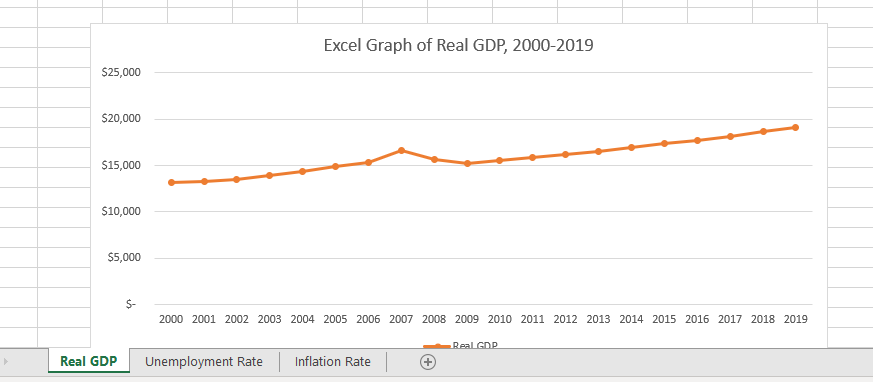Industry Goods and Services
As a commodity of the contemporary era, the fashion industry is the third-largest global enterprise after automobiles and technology (Pelikánová et al., 2021). Fashion is dedicated to the trade of manufacturing and making clothes sales, and it incorporates manufacturing, design, distribution, retailing, marketing, and promotion. Further, the fashion industry encompasses design houses, retail stores, and fashion magazines. Regarding marketing, fashion has stylists, make-up artists, models, photographers, and hair stylists, all of which make up the fashion ecosystem.
The American fashion industry has some successful fashion companies that appeal to many people. Among the companies are Old Navy, which deals in making hats, jeans, and hoodies (Harrington, 2019). Further, Calvin Klein, Nike, American Eagle Outfitters, and Gap are other successful U.S. companies with a broad appeal of presentable yet practical clothing. The fashion industry’s primary utility involves adorning oneself, making one’s identity, and protecting oneself from external elements. Additionally, fashion’s augmented advantage involves emotional attachments, desire, and social competition.
Macroeconomic Variable Introduction
Real gross domestic product (RGD) is the sum of products and services produced in a state for import, export, and accumulation. This indicator summarizes the results of the functioning of all industries in the state, even if they are parts of foreign companies or belong to residents of other countries. RGD makes it possible to assess the level of economic development and suggests the prospects for improving the population’s welfare (McConnell et al., 2020). This indicator is calculated in local currency and then recalculated at an exchange rate. Comparing RGD with other countries is expressed in purchasing power parity.
The macro parameter is comprised solely of the final values of products. The prices of items needed in the intermediate stages of production are not counted because the result of calculating the RGD will be unreliably higher. In macroeconomics, there are three main ways of calculating this indicator. It can be measured by calculating the sum of all state revenues: wages, rents, imports, exports, and dividends (McConnell et al., 2020). The end-use method is often used, which involves considering all consumer spending, investor and government spending on purchases, and also takes into account the indicator of net exports. The latter is the difference between exports and imports.
When applied to the fashion industry, RGD is one of the most critical indicators. For instance, it is a significant subject of macroeconomic relations: according to statistics of the last year, the activity of the largest companies in the sphere of fashion makes not less than 2% of RGD (McConnell et al., 2020). Consequently, the economic situation in the country and the world can influence the activity of the fashion industry. The latter, in turn, can influence the country’s financial well-being as a whole.
Real Gross Domestic Product: Review


Figures 1 and 2 show a steady growth of the RGD for 19 years, beginning in 2000. During this time, the number has increased by about 30 percent. This means that 2 percent of this growth will come from the fashion industry, and its development can be predicted to be positive.
Future Performance
Today, Internet commerce is one of the fastest-growing technology markets globally. Dynamic growth in the sector occurs primarily due to the rapid global spread of broadband (fixed and mobile) Internet access and the development of the cashless payment system. Online sales are growing in virtually all retail segments. As for the fashion industry, luxury and budget retailers have been actively using the Internet as a trading platform for quite some time. One of the essential channels for online sales may become social networks. Furthermore, this applies to all price segments. Social networks allow targeting advertising as precisely as possible and creating personalized services for users.
The largest markets are predicted to remain the U.S. and China, which are now the most prominent online players in the regional context. As far as consumers are concerned, millennials (the most significant demographic segment) and centenarians will be the main driving force behind both the online segment and the entire fashion industry as a whole. In addition, the development of e-commerce will be facilitated by the closure of physical stores.
A new impetus for development in fashion may be the widespread use of high-tech materials in the production of clothes and footwear. Technologies allow textiles to get new unique properties and significantly improve the traditional ones, expanding the areas of their use. Foremost, new materials find their application in the space and defense sectors in power structures, medicine, and environmental projects.
Sources
Pelikánová, R. M., Němečková, T., & MacGregor, R. K. (2021). CSR Statements in International and Czech Luxury Fashion Industry at the Onset and during the COVID-19 Pandemic. Sustainability, 13(7), 3715.
Harrington, J. (2019). Nike, Calvin Klein rank among 20 of the most successful American fashion brands. USA TODAY.
McConnell, C., Brue, S., & Flynn, S. (2020). Macroeconomics (22nd ed.). McGraw Hill.